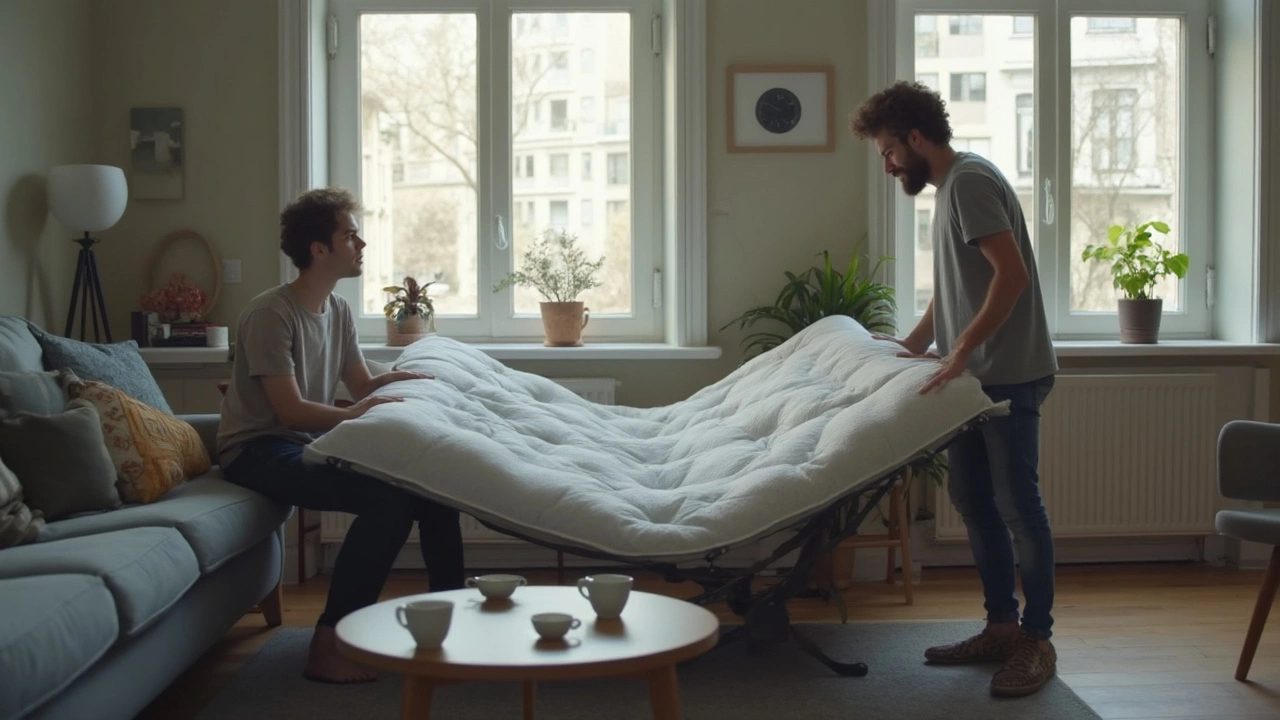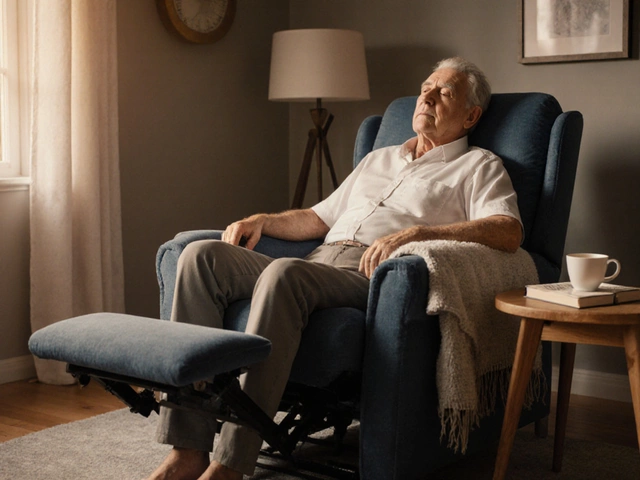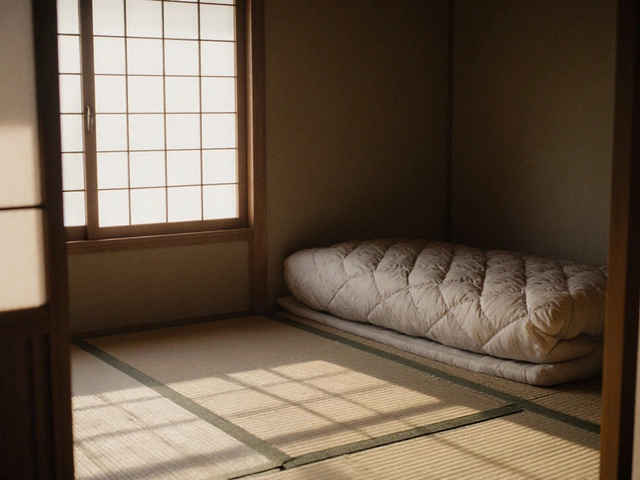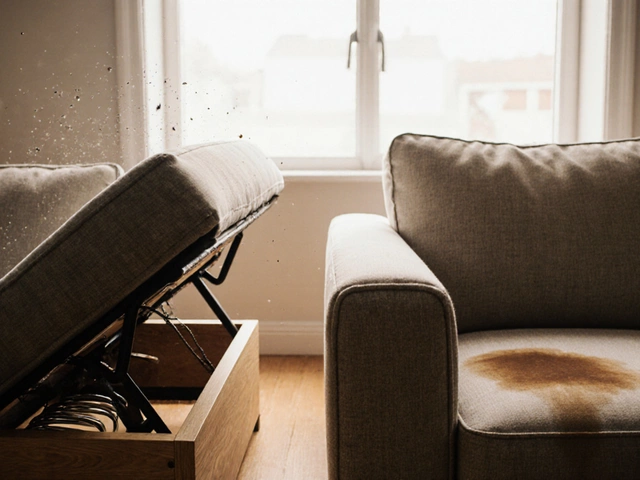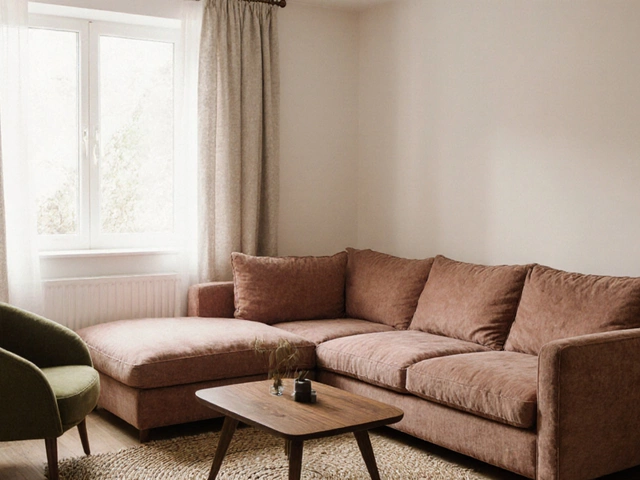Disadvantages: Real Talk on the Cons You Need to Know
Everyone loves a good deal, but a bargain can turn sour if you ignore the downsides. Knowing the disadvantages of a product or decision helps you avoid surprise problems later. In this guide we’ll break down why spotting the cons matters and give you quick ways to spot them in everyday items.
Why Understanding the Downsides Saves Money and Hassle
When you focus only on the positives, you miss the hidden costs that show up months down the line. A corner sofa, for example, might look great in a showroom but often needs extra space to turn and can be tricky to clean. By weighing that against the style boost, you decide if it’s worth the trade‑off.
Seeing the cons also protects you from rushed purchases. Imagine buying an expensive outdoor set without checking how it handles rain. If the material rusts quickly, you’ll spend more on replacement or maintenance. A quick check on durability can keep you from paying double later.
Common Disadvantages Across Home Items
Here are a few everyday pieces where the drawbacks often get overlooked:
- Corner sofas: They need a larger footprint, can block traffic flow, and cleaning the inner corner is a pain.
- Patio furniture: Heavy sets can damage grass, and cheap covers may trap moisture, leading to mold.
- TV stands: A stand that’s too short can make the screen hard to view, while one that’s too long may look clunky.
- Office chairs: Removing armrests can improve flexibility but may hurt posture if the seat isn’t well‑designed.
- Memory foam mattresses for sofa beds: They feel great when you lie down but can be too thick for the frame, causing sagging.
Spotting these issues early means you can ask the right questions when you shop: Will it fit my space? How easy is it to maintain? What’s the real cost of upkeep?
Another tip is to read short “pros and cons” lists from trusted sources. They usually boil down the main advantages and disadvantages into bite‑size points, letting you compare options side by side without drowning in details.
Finally, test the item if you can. Sit on the sofa, open the wardrobe doors, or place a dummy TV on the stand. Your gut reaction often catches problems that specs miss.
Bottom line: every purchase has a flip side. By giving the disadvantages a close look, you turn a potential regret into a confident choice. Use the simple checklists above, ask the right questions, and enjoy the peace of mind that comes from buying smart.
Sofa Bed Disadvantages: What You Need to Know Before Buying
Sofa beds sound like the perfect multitasker, but they're not always as convenient as they seem. This article digs into the downsides of owning a sofa bed, from comfort struggles to long-term wear and tear. You'll get practical tips to help you spot any hidden problems before you buy. Find out how sofa beds can affect your daily routine and what you can do to work around their quirks. Make a smarter choice by seeing the full picture.
